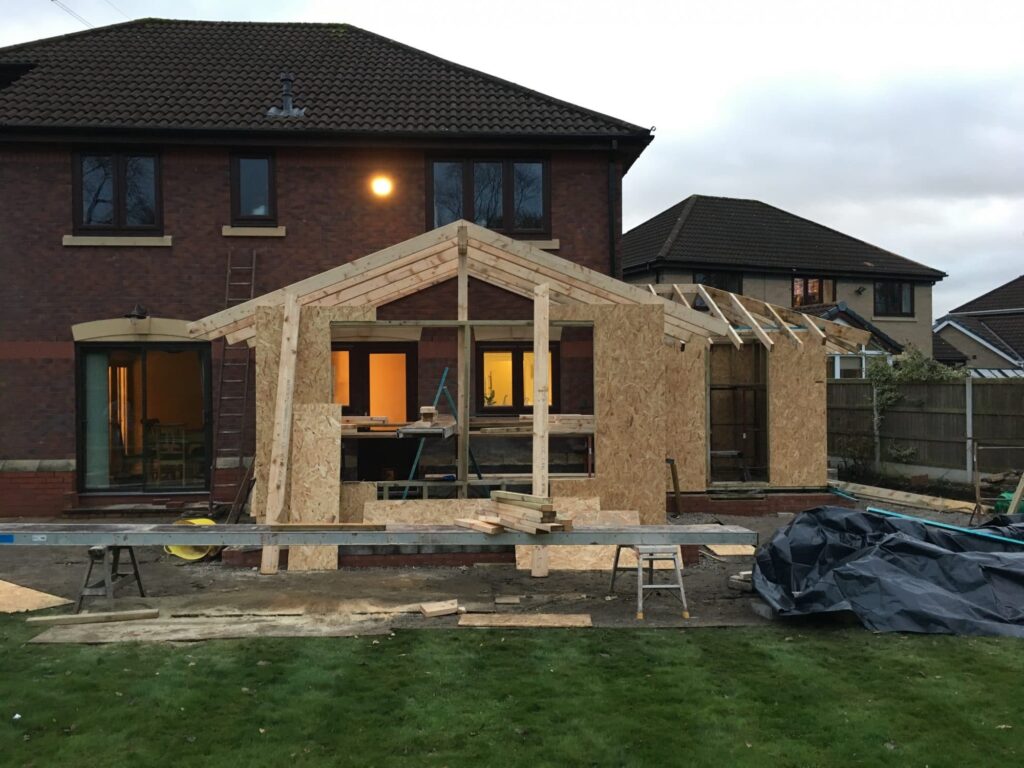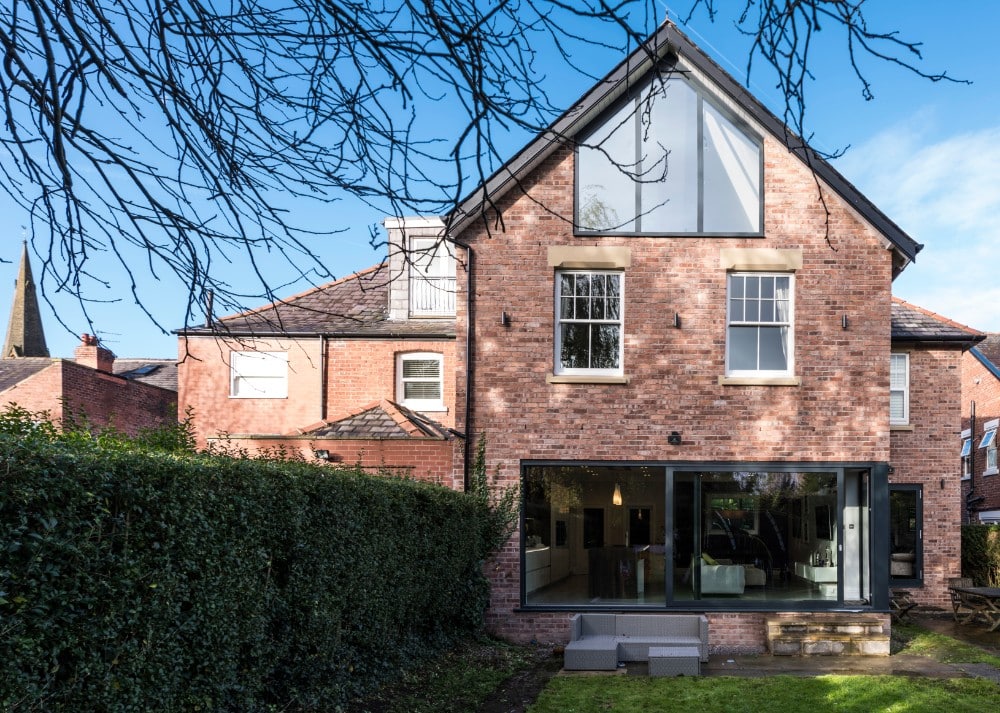We take care of your build
If so, you’ll be in safe hands with Adamson’s. Got a question, want an idea of price or ready to book your FREE home design visit?

When you’re first looking at extending your home, it’s worth drawing up a list of what’s most important to you. What do you want to achieve with your extension?
Is it about having more living space? Or do you need more bedrooms? Or do you need both of those things and a double height extension is on the cards?
Are you going to add a garage, convert an existing garage, add a side or rear extension, or expand upwards into your loft? Or are you considering adding a granny flat or annex?
Take some time to think about what you want, what’s most important to you, and what’s most practical, given the space you have available to extend into.
If you’re planning on being in your home a long time, then the value you’ll add will be less of a consideration. But if there’s a chance you may want to sell in the next few years, it’s worth investigating.
A good start would be to talk to a local estate agent who knows the market in your area. They should be able to at least give you an indication of the kind of value a particular type of extension is likely to add to your home.
As you plan your extension and start to get quotes, you’ll be able to compare the amount you’re going to spend, with the value you’re likely to add to your home. This will help you with budgeting.
However, even if the numbers don’t quite work out, it’s important to think about the value that you and your family will get from your extension. What’s it worth to you to be able to relax with your children in a beautiful open plan living space, to entertain more, or have family to stay, or have space for an elderly parent? To most people these things are priceless.
Certain permitted developments are allowed without needing to apply for planning permission, but it’s important to check the rules in your area. For example, you can add a single storey extension to the rear of a detached house, and as long as it doesn’t extend beyond 8m you won’t need planning permission. This distance is cut to 6m for a semi-detached or terraced house. Any extension also needs to cover less than half the area of land around the original house. Any more and, again, you’ll need planning permission.
In some areas, such as conservation areas and national parks, there are greater restrictions, so do check with your local authority for the planning rules that apply to your home. If your home is a listed building, then you will need to obtain listed building consent.
If you have close neighbours, you’ll want to make sure you talk to them about your plans, especially if they’ll be affected. Building projects can occasionally cause disputes, so talk to your neighbours well before you apply for planning consent or before work starts. If you’re in a terrace or semi-detached house, you may need a Party Wall Agreement, depending on the work you’re having done.
There’s a lot involved in planning an extension, and that’s before work even gets started. It’s important to think about how much time you have available and whether you want to be spending time finding and co-ordinating all the different trades that need to be involved.
If you have a lot of other work or family commitments, you may find the best option is to engage a “one-stop shop” who can do everything from plans, to building, right through to electrics, plumbing and kitchen fitting.
To find out more about how we could help you plan your extension, take a look at our Extensions page. You’ll be able to get a feel for how we work, and you can book a complementary “Visualise Your Space” Design Visit to help you explore ideas for your extension.

